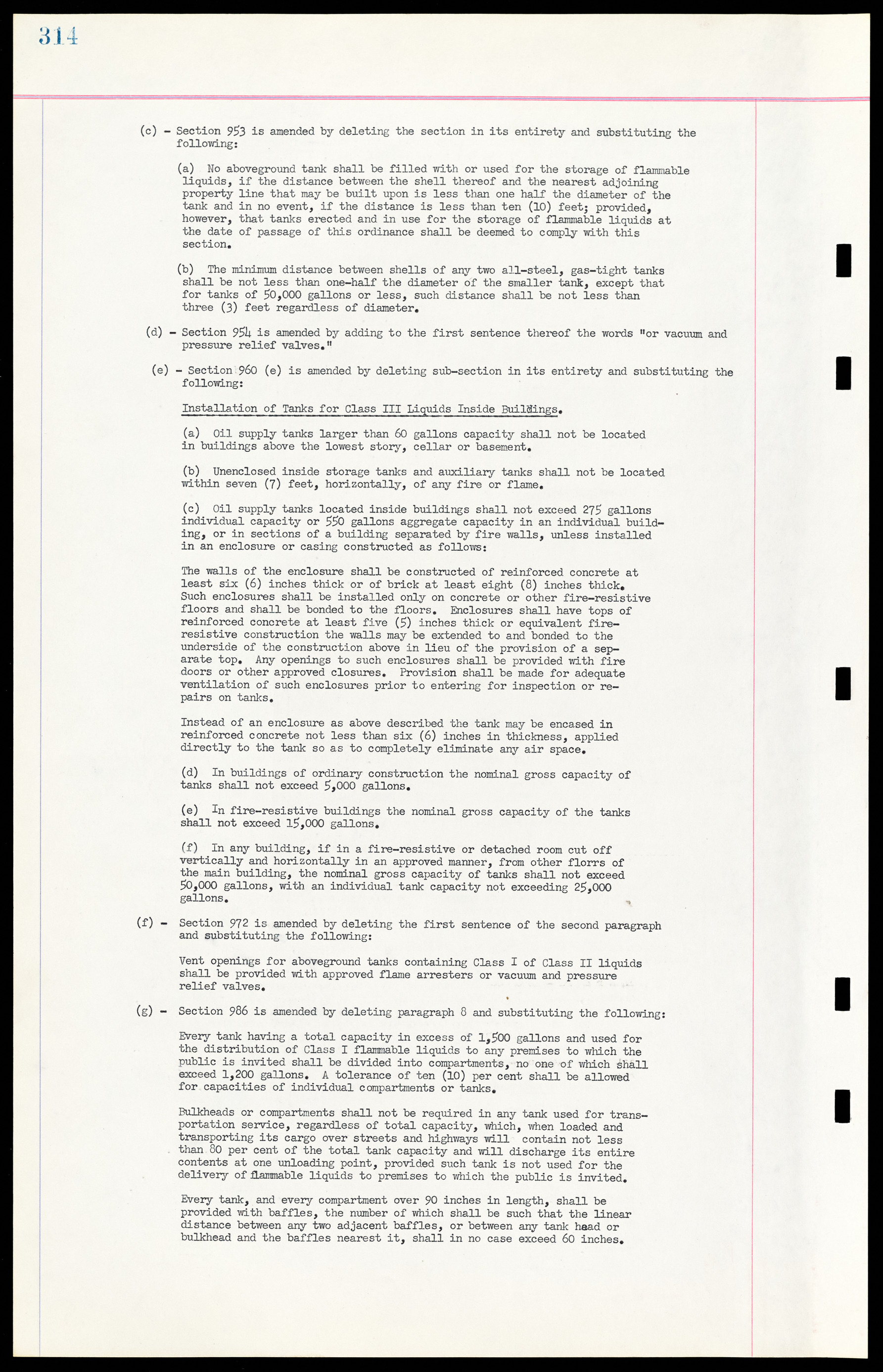Copyright & Fair-use Agreement
UNLV Special Collections provides copies of materials to facilitate private study, scholarship, or research. Material not in the public domain may be used according to fair use of copyrighted materials as defined by copyright law. Please cite us.
Please note that UNLV may not own the copyright to these materials and cannot provide permission to publish or distribute materials when UNLV is not the copyright holder. The user is solely responsible for determining the copyright status of materials and obtaining permission to use material from the copyright holder and for determining whether any permissions relating to any other rights are necessary for the intended use, and for obtaining all required permissions beyond that allowed by fair use.
Read more about our reproduction and use policy.
I agree.Information
Digital ID
Permalink
Details
More Info
Rights
Digital Provenance
Publisher
Transcription
(c) - Section 953 is amended by deleting the section in its entirety and substituting the following: (a) No aboveground tank shall be filled with or used for the storage of flammable liquids, if the distance between the shell thereof and the nearest adjoining property line that may be built upon is less than one half the diameter of the tank and in no event, if the distance is less than ten (10) feet; provided, however, that tanks erected and in use for the storage of flammable liquids at the date of passage of this ordinance shall be deemed to comply with this section. (b) The minimum distance between shells of any two all-steel, gas-tight tanks shall be not less than one-half the diameter of the smaller tank, except that for tanks of 50,000 gallons or less, such distance shall be not less than three (3) feet regardless of diameter. (d) - Section 954 is amended by adding to the first sentence thereof the words "or vacuum and pressure relief valves." (e) - Section 960 (e) is amended by deleting sub-section in its entirety and substituting the following: Installation of Tanks for Class III Liquids Inside Buildings. (a) Oil supply tanks larger than 60 gallons capacity shall not be located in buildings above the lowest story, cellar or basement. (b) Unenclosed inside storage tanks and auxiliary tanks shall not be located within seven (7) feet, horizontally, of any fire or flame. (c) Oil supply tanks located inside buildings shall not exceed 275 gallons individual capacity or $$0 gallons aggregate capacity in an individual building, or in sections of a building separated by fire walls, unless installed in an enclosure or casing constructed as follows: The walls of the enclosure shall be constructed of reinforced concrete at least six (6) inches thick or of brick at least eight (8) inches thick. Such enclosures shall be installed only on concrete or other fire-resistive floors and shall be bonded to the floors. Enclosures shall have tops of reinforced concrete at least five (5) inches thick or equivalent fire- resistive construction the walls may be extended to and bonded to the underside of the construction above in lieu of the provision of a separate top. Any openings to such enclosures shall be provided with fire doors or other approved closures. Provision shall be made for adequate ventilation of such enclosures prior to entering for inspection or repairs on tanks. Instead of an enclosure as above described the tank may be encased in reinforced concrete not less than six (6) inches in thickness, applied directly to the tank so as to completely eliminate any air space. (d) In buildings of ordinary construction the nominal gross capacity of tanks shall not exceed 5,000 gallons. (e) In fire-resistive buildings the nominal gross capacity of the tanks shall not exceed 15,000 gallons. (f) In any building, if in a fire-resistive or detached room cut off vertically and horizontally in an approved manner, from other florrs of the main building, the nominal gross capacity of tanks shall not exceed $0,000 gallons, with an individual tank capacity not exceeding 25,000 gallons. (f) - Section 972 is amended by deleting the first sentence of the second paragraph and substituting the following: Vent openings for aboveground tanks containing Class I of Class II liquids shall be provided with approved flame arresters or vacuum and pressure relief valves. (g) - Section 986 is amended by deleting paragraph 8 and substituting the following: Every tank having a total capacity in excess of 1,500 gallons and used for the distribution of Class I flammable liquids to any premises to which the public is invited shall be divided into compartments, no one of which shall exceed 1,200 gallons. A tolerance of ten (10) per cent shall be allowed for capacities of individual compartments or tanks. Bulkheads or compartments shall not be required in any tank used for transportation service, regardless of total capacity, which, when loaded and transporting its cargo over streets and highways will contain not less than 80 per cent of the total tank capacity and will discharge its entire contents at one unloading point, provided such tank is not used for the delivery of flammable liquids to premises to which the public is invited. Every tank, and every compartment over 90 inches in length, shall be provided with baffles, the number of which shall be such that the linear distance between any two adjacent baffles, or between any tank head or bulkhead and the baffles nearest it, shall in no case exceed 60 inches.

